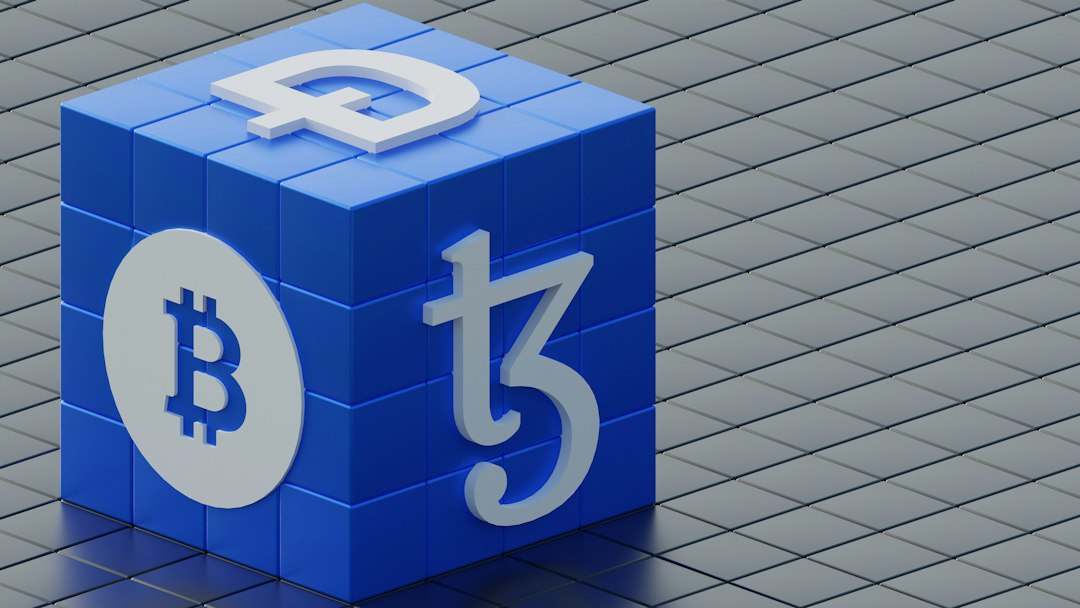Most Blockchain Games Are Failing, Study Shows
A recent study by CoinGecko reveals that over three-quarters of blockchain games launched in the past five years have failed. Out of 2,817 games included in the study, only 690 still have an active player base.
CoinGecko defines a “failed” Web3 game as one that experiences a 99% or more drop in active users compared to its peak. In 2021, the highest number of blockchain games were launched with 738 releases. However, the following year saw 742 games fail, likely due to major crypto collapses.
Since 2018, the average failure rate for Web3 games is around 80% per year. CoinGecko observed that lower failure rates tend to occur during bull markets, while higher failure rates happen at the start of bear market cycles.
Popular and Successful Web3 Games
While many Web3 games have fizzled out over time, some have managed to maintain popularity and user engagement. CryptoKitties gained hype in late 2017 but has since lost adoption. On the other hand, Decentraland, The Sandbox, and Axie Infinity are examples of successful games that launched in earlier years and are still widely used today.
According to recent data from CoinGecko, Alien Worlds, Splinterlands, and Planet IX have had the highest average unique active wallets between January 1 and April 22, 2023.
Trend Towards Stabilization
In contrast to the high number of failed games in 2022, the trend seems to be slowing down in 2023 with only 507 failed projects as of November 27. CoinGecko suggests that this lower failure rate may indicate a stabilization in the state of web3 gaming.
Hot Take: The Challenges and Potential of Web3 Gaming
Web3 gaming has faced significant challenges over the past five years, with a majority of projects failing to maintain an active player base. However, successful games like Decentraland and Axie Infinity demonstrate the potential for long-term engagement and profitability in this space.
As the blockchain gaming industry continues to evolve, developers must find innovative ways to overcome user retention issues and create compelling experiences. With a stabilization in the failure rate observed in 2023, there is hope for the future of web3 gaming, but it will require continuous adaptation and improvement.





 By
By
 By
By
 By
By
 By
By
 By
By